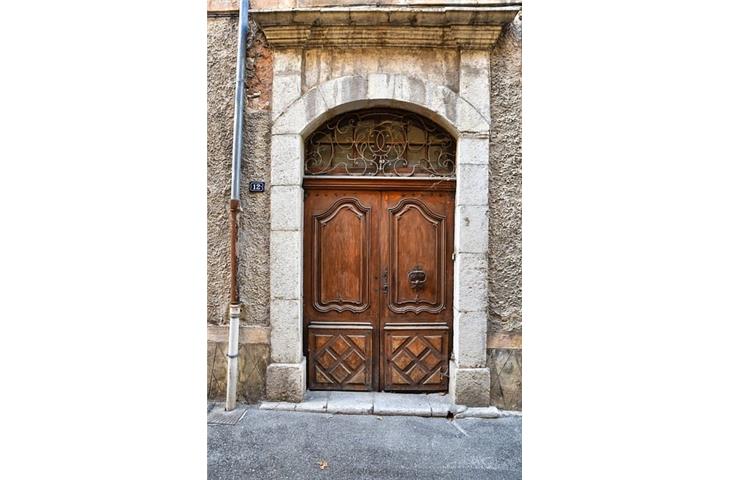Tubular latch components play vital roles within myriad mechanical assemblies, functioning as dependable devices for securing and releasing parts. Recognized for their sturdy design and adaptability, they find widespread employment across sectors like automotive, aerospace, and construction. This article endeavors to delve into the technical intricacies of tubular latch components, covering their utility, advantages, and indispensable prerequisites.
I. Classification of Tubular Latch Components

II. Usage Scenarios of Tubular Latch Components

III. Advantages of Implementing Tubular Latch Components

IV. Essential Prerequisites for Tubular Latch Components
1. Locking Latch: This variant incorporates a locking mechanism that guarantees the retention of parts until deliberately disengaged. It finds prevalent usage in domains necessitating stringent security, such as aviation and automotive sectors.
2. Free Latch: Free latches facilitate the effortless release and reconnection of parts. They are well suited for applications involving regular adjustments or dismantling, such as in construction and industrial machinery.
3. Push-Pull Latch: Push-pull latches present a straightforward and user-friendly method for securing and releasing parts. They are frequently employed in everyday items, such as cabinets and drawers.
4. Ratchet Latch: Ratchet latches incorporate a ratcheting function that enables the secure fastening and release of parts with minimal exertion. They are typically utilized in strenuous applications, such as in agricultural and construction machinery.
II. Usage Scenarios of Tubular Latch Components:
1. Automotive Sector: Tubular latches are extensively implemented in automobiles for securing doors, trunks, and other enclosures.
2. Aerospace Industry: These components serve as critical elements in aerospace applications, such as securing aircraft doors, access panels, and fuel reservoirs.
3. Construction Equipment: Tubular latches are incorporated in construction machinery to secure components, doors, and panels.
4. Consumer Goods: From cabinets and drawers to storage units and furniture, tubular latches are ubiquitous in numerous consumer goods.
III. Advantages of Implementing Tubular Latch Components:
1. Robustness: Tubular latches are engineered for enduring performance, rendering them ideal for harsh environments.
2. Adaptability: These components are available in diverse designs and configurations, enabling their deployment in a broad spectrum of applications.
3. Dependability: The robust structure of tubular latches assures consistent functionality, mitigating the likelihood of malfunction.
4. Simplicity of Installation: Majority of tubular latches are straightforward to install, conserving time and labor during assembly.
IV. Essential Prerequisites for Tubular Latch Components:
1. Material Preference: The selection of material is pivotal for guaranteeing the longevity and efficiency of tubular latch components. Common materials encompass stainless steel, aluminum, and brass.
2. Design and Configuration: The design and configuration of tubular latches should align with the specific application, ensuring peak performance and usability.
3. Compatibility: Tubular latches ought to be harmonious with the prevailing mechanical systems and components to ensure uninterrupted integration.
4. Quality Assurance: Rigorous quality assurance protocols are imperative to ascertain that tubular latch components conform to the requisite specifications and benchmarks.
In summation, tubular latch components are indispensable elements across multiple industries, offering reliability, robustness, and versatility. Comprehending the classification, usage scenarios, advantages, and essential prerequisites of these components can assist engineers and manufacturers in making judicious choices when selecting the most appropriate tubular latch components for their unique requirements.

